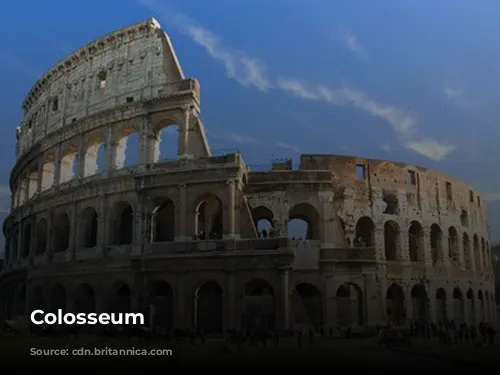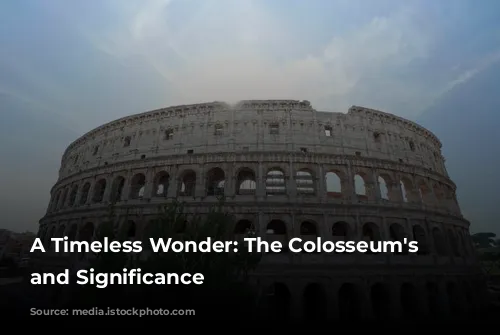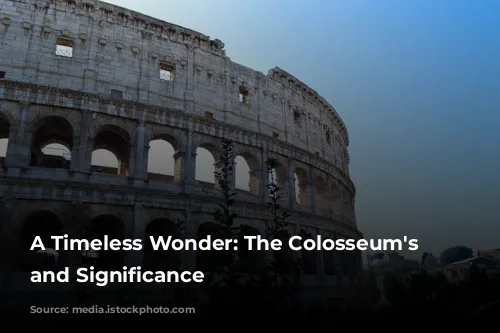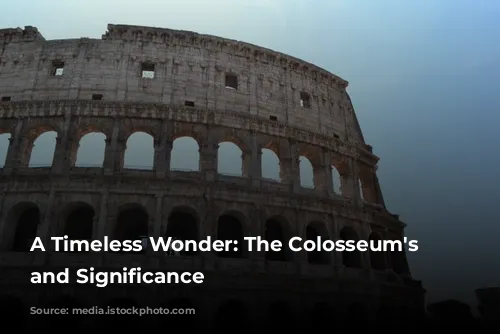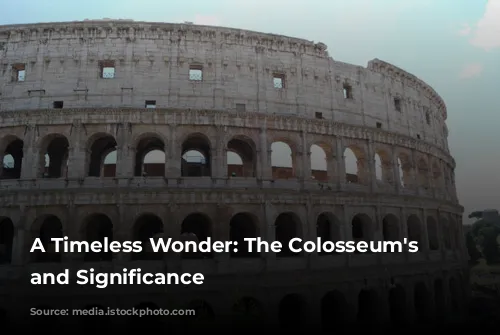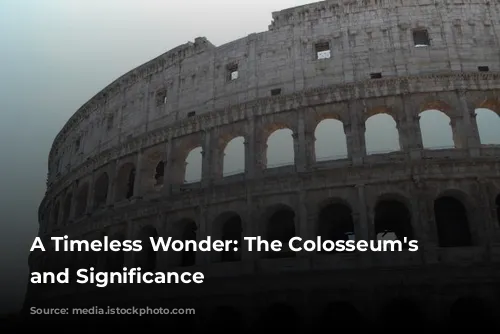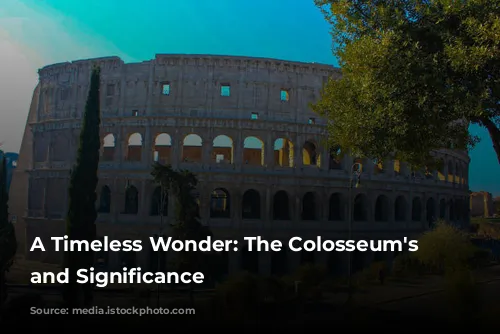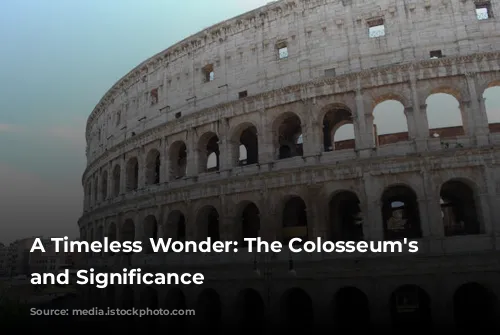Standing as a testament to ancient Rome’s architectural and engineering prowess, the Colosseum remains one of the few mostly intact structures from the Roman Empire. It’s not just a historical landmark; it’s a major moneymaker for Italy, attracting millions of visitors annually. In 2018, the Colosseum, Roman Forum, and Palatine Hill together raked in over $63.3 million (€53.8 million), making it the top tourist attraction in Italy. This remarkable feat highlights the enduring allure of ancient Rome and the Colosseum’s enduring popularity as a must-see destination.
From Glory to Neglect: The Colosseum’s Rise and Fall
The Colosseum’s journey has been marked by both grand triumph and periods of neglect. After the fall of the Western Roman Empire, the arena fell into disrepair. In the 12th century, the Frangipane and Annibaldi families repurposed the Colosseum as a fortress, transforming the site into their stronghold. Later, in the late 15th century, Pope Alexander VI allowed the Colosseum to be used as a quarry. This unfortunate use, coupled with centuries of neglect, left the Colosseum in a state of ruin. However, the 1990s marked a turning point, with state-funded restoration efforts revitalizing the structure, restoring its grandeur and giving visitors a glimpse into its past.
The Colosseum: A Monument to Entertainment and Imperial Power
The Colosseum’s construction was part of a larger imperial effort to rejuvenate Rome following the tumultuous year of the four emperors in 69 CE. Like other amphitheaters, the emperor Vespasian envisioned the Colosseum as a bustling entertainment venue, hosting gladiatorial combat, thrilling animal hunts, and even elaborate mock naval battles. This grand vision was intended to distract the populace, offering entertainment and spectacle, while simultaneously showcasing the emperor’s power and wealth. The Colosseum’s existence was a testament to the Flavian dynasty’s desire to solidify their control and influence over Rome.

The Colosseum’s Construction: A Monument to Labor and Plunder
The Colosseum’s construction began under the reign of the emperor Vespasian, between 70 and 72 CE. The finished structure was dedicated in 80 CE by Titus, Vespasian’s son and successor. Domitian, Titus’s brother, added the Colosseum’s fourth story in 82 CE. The construction of the arena was funded by the spoils of war – specifically the plunder from Titus’s conquest of Jerusalem in 70 CE. The Colosseum was built by enslaved Jews from Judaea, adding another layer of complexity to its history. It’s a reminder of the empire’s brutal power dynamics and the tragic human cost of its expansion.
A Giant of Stone and Concrete: The Colosseum’s Architectural Marvel
The Colosseum is an elliptical amphitheater made of stone, concrete, and tuff. This architectural masterpiece stands four stories tall, measuring 620 by 513 feet (189 by 156 meters), and could accommodate up to 50,000 spectators. The Colosseum was built as a freestanding structure, unlike earlier amphitheaters, which were often built into hillsides for support. It utilized a complex system of barrel and groin vaults, a testament to the Romans’ engineering genius. The Colosseum’s facade is adorned with three tiers of arcades, each showcasing a different architectural order: Doric, Ionic, and Corinthian. This arrangement, known as the “assemblage of orders,” became a cornerstone of Renaissance architecture. The Colosseum’s construction was a feat of engineering, reflecting Roman ambition and their mastery of building techniques.
From Gladiatorial Combat to a Modern Marvel: The Colosseum’s Legacy
The Colosseum was a stage for gladiatorial combat, a spectacle that captivated the ancient Roman world. It witnessed thousands of hand-to-hand combats, animal hunts, and even mock naval battles. The arena was equipped with a retractable awning, known as a velarium, which shielded spectators from the sun. This feat of engineering required the manpower of hundreds of Roman sailors to operate. The Colosseum’s history is intertwined with the violence and entertainment of ancient Rome, offering a glimpse into the social and cultural fabric of the time.
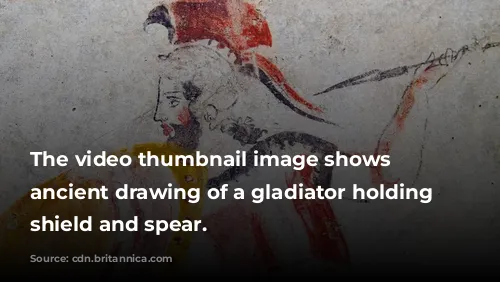
The Colosseum’s Evolution: From Glory to Ruin and Rebirth
Over time, the Colosseum’s fortunes changed. It was transformed into a church during medieval times, later becoming a fortress for the Frangipane and Annibaldi families. The Colosseum suffered damage from lightning, earthquakes, and neglect, and its marble seats and decorative elements were stripped away for reuse. This era of plunder and neglect lasted for over a thousand years, leaving the Colosseum in a state of disrepair. However, the 19th century marked a turning point in the Colosseum’s fate. Preservation efforts began, led by Pope Pius VIII, and a significant restoration project was undertaken in the 1990s. The Colosseum today stands as a testament to the resilience of history, drawing millions of visitors each year. It’s a living relic of ancient Rome, a reminder of the empire’s grandeur and the enduring power of its architecture.
